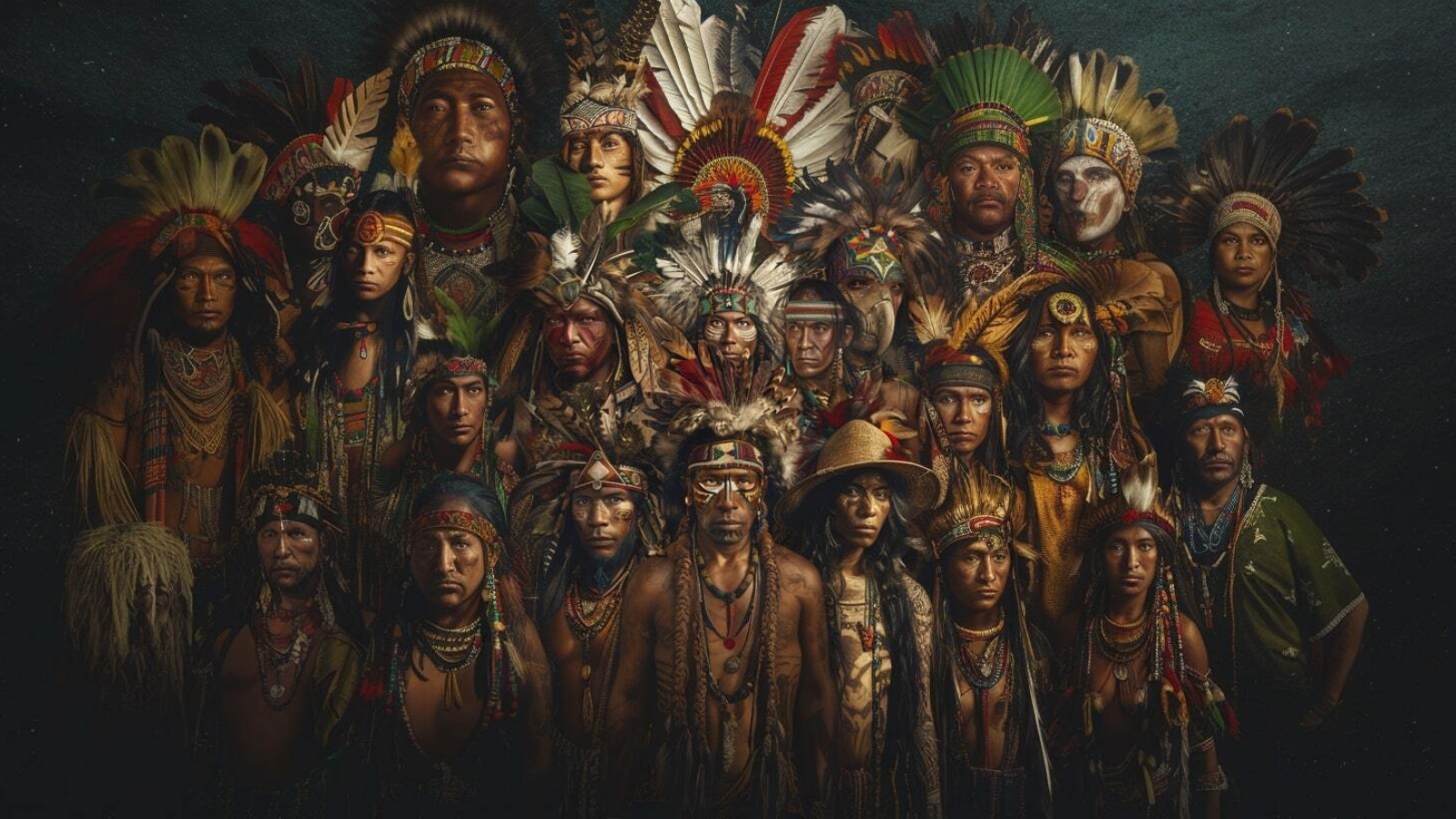Intention: To highlight and honor indigenous plant medicine traditions across the world, emphasizing the importance of preserving their unique cultural practices and ancient wisdoms.
Have you ever wondered about the origins of many sacred plant medicines that are now gaining popularity for their healing and spiritual benefits? These transformative modalities have long been an integral part of indigenous cultures worldwide, offering insights into the realms of healing, self-discovery, and connection with the natural world.
For centuries, indigenous tribes have cultivated deep relationships with plant medicines, weaving them into the fabric of their spiritual and cultural practices. These sacred ceremonies and rituals are not only paths to personal and communal well-being but also expressions of their ancestral knowledge and reverence for the earth.
As modern society rediscovers these ancient traditions, it’s important to honor the indigenous wisdoms that have preserved these practices throughout the generations. By exploring the diverse and storied histories of these tribes, we gain a deeper appreciation for the sacredness of plant medicines and the cultural heritage they represent.
In this article, we will journey through various indigenous groups across the globe, highlighting their unique plant medicine practices and the spiritual beliefs that guide them. From the Amazonian rainforests to the plains of North America, from the heart of Africa to the islands of Oceania, each tradition offers invaluable insights into the holistic and interconnected nature of healing, spirituality, and our relationship with the natural world.
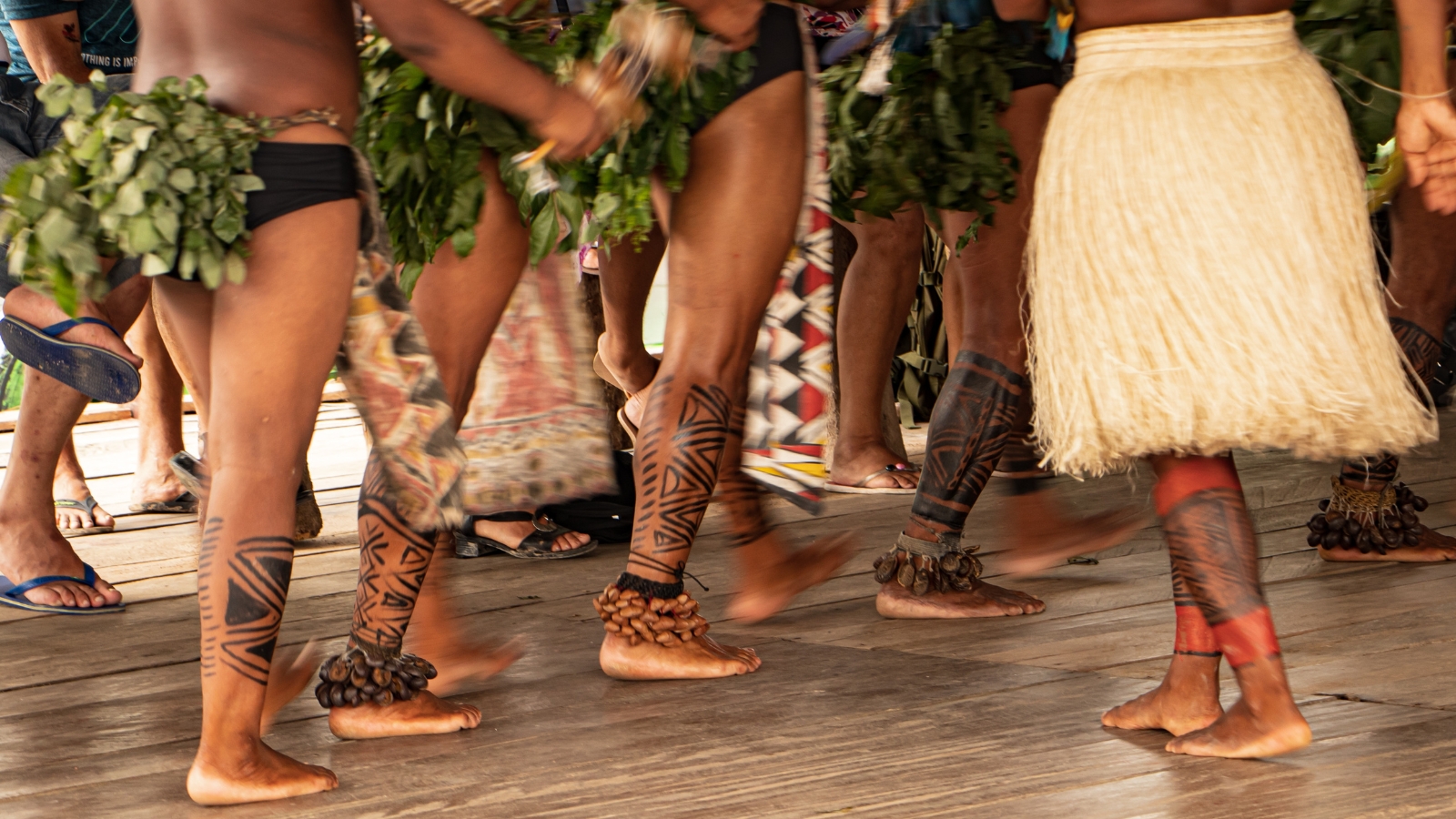
Amazonian Tribes
The vast expanse of the Amazon rainforest has long been a verdant crucible of ancient wisdom. Here, indigenous tribes have cultivated relationships with the plant kingdom, creating sacred ceremonies and spiritual beliefs around the transformative power of plant medicines, often referred to as entheogens.
Tribe: Asháninka
- Location: Peru and Brazil
- Plant Medicine: Ayahuasca
- Ceremonies: Healing rituals, spiritual journeys
- Beliefs: Connection with the spirit world, guidance from plant spirits
The Ashaninka communities, though geographically spread out, are unified by their common lifestyle, language, and beliefs. Much like other Amazonian tribes, the Ashaninka have a profound connection to their rainforest environment.
The men devote considerable time to hunting forest animals such as tapir, boar, and monkey, while the women cultivate crops like yam, sweet potatoes, peppers, pumpkins, bananas, and pineapples in rotational gardens. To support forest regeneration, the Ashaninka periodically relocate their settlements.
Spanning the territories of Peru and Brazil, the Asháninka tribe has long embraced ayahuasca as a sacred plant ally, utilizing it in healing rituals and spiritual journeys. Their beliefs are rooted in the understanding that ayahuasca facilitates a profound connection with the spirit world, offering guidance and wisdom from the realm of plant spirits.
Tribe: Shipibo-Conibo
- Location: Peru
- Plant Medicine: Ayahuasca
- Ceremonies: Ayahuasca ceremonies with icaros (songs)
- Beliefs: Spiritual healing, protection, and knowledge transmission through plant spirits
Despite facing encroachment, the Shipibo-Conibo have remarkably preserved their rich cultural heritage and traditional practices. Nestled in the heart of the Peruvian Amazon, this resilient community speaks their own language from the Panoan family, though most members are also fluent in Spanish. Interestingly, Shipibo-Conibo society is matriarchal, with women holding significant sway in community decisions and serving as the primary artists.
One of the most fascinating aspects of Shipibo-Conibo culture is their use of medicinal plants and the hallucinogenic ayahuasca vine. Ayahuasca plays a pivotal role in their spiritual and artistic life, informing much of their ritual behavior and artistic expressions.
During ayahuasca ceremonies, women often experience vivid visions that inspire the intricate geometric designs adorning their handmade ceramics and textiles. These designs, characterized by red and black maze-like patterns, are not only visually striking but are also deeply connected to the Shipibo-Konibo cosmology.
Ayahuasca ceremonies are imbued with the mesmerizing sounds of icaros—sacred songs believed to facilitate spiritual healing, protection, and the transmission of ancient knowledge from the plant spirit realm. Through these rituals and the art they inspire, the Shipibo-Conibo maintain a profound connection to their ancestors and the natural world, ensuring that their unique cultural identity continues to thrive amidst modern challenges.
Tribe: Kaxinawá (Huni Kuin)
- Location: Brazil and Peru
- Plant Medicine: Ayahuasca, Rapé (tobacco snuff)
- Ceremonies: Ayahuasca rituals, Rapé ceremonies
- Beliefs: Healing, spiritual connection, and community cohesion
The Huni Kuin tribe, also known as the Kaxinawá, is an indigenous group from the Brazilian Amazon, particularly in the state of Acre, and parts of Peru. They belong to the Pano linguistic family and speak their own unique language, Huni Kuin.
Historically, the Huni Kuin were semi-nomadic, relocating their communities every few years to align with land cycles and resource availability. However, the influence of non-indigenous settlers and modern pressures have led many Huni Kuin communities to adopt a more sedentary lifestyle.
Renowned for their strong adherence to traditional lifestyles and deep spirituality, the Huni Kuin’s cosmology emphasizes the interconnectedness of all things. Central to their spiritual practices is the use of ayahuasca and rapé, a sacred tobacco snuff that heightens spiritual awareness and fortifies the bonds of community cohesion. Their ceremonies and rituals are portals into realms of healing, spiritual connection, and ancestral wisdom.
Tribe: Yawanawa
- Location: Brazil
- Plant Medicine: Ayahuasca, Uni (Ayahuasca), Rapé
- Ceremonies: Ayahuasca rituals, healing ceremonies
- Beliefs: Spiritual enlightenment, healing, and tradition preservation
Isolation and a close relationship with nature are essential for the Yawanawá people. Reaching the first of their seven villages involves a four to six-hour journey by boat from the nearest town, Vila de São Vicente, depending on the river’s water level. The journey to the villages is made using motorized canoes, offering a chance to witness the pristine beauty of the region.
The Yawanawá have a unique bond with the forest, deriving all their food and resources from it and honoring nature through their Mariri songs. Nature is also reflected in their body art and serves as the source of their medicine.
Deep in the Brazilian Amazon, the Yawanawa tribe has safeguarded plant medicine traditions, including sacred ceremonies with ayahuasca, uni (a distinct form of ayahuasca), and hapé. For the Yawanawa, these rituals are pathways to spiritual enlightenment, healing, and the preservation of their ancestral ways of life.
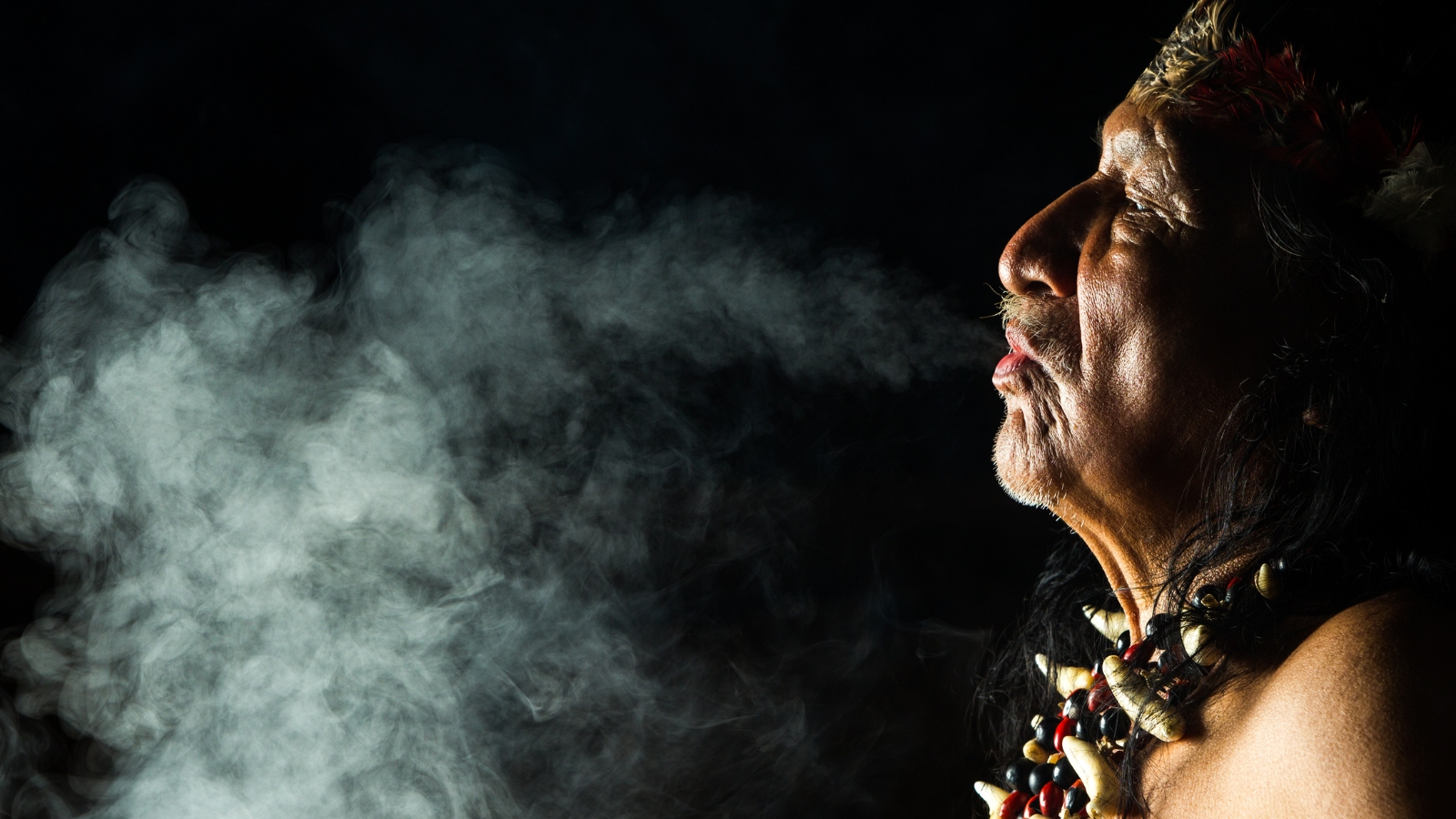
South American Sects
While indigenous Amazonian tribes have long been the custodians of ayahuasca ceremonies and traditions, the transformative power of this sacred plant medicine has also given rise to unique syncretic sects within South America. These sects weave together threads of indigenous wisdom, Christianity, and African spiritual traditions into elaborate systems of belief and practice.
Sect: Santo Daime
- Location: Brazil
- Plant Medicine: Ayahuasca (Daime)
- Ceremonies: Spiritual works (rituals), singing hymns, collective prayers
- Beliefs: Syncretism of Christianity, African traditions, and indigenous practices
Originating in Brazil, the Santo Daime sect has combined pieces of Christianity, African traditions, and indigenous practices centered around the ritual use of ayahuasca, known as Daime, within their community. Their ceremonies, known as “spiritual works,” are multifaceted affairs, incorporating the singing of hymns, collective prayers, and rituals that encourage spiritual experiences and connections.
Music is a crucial component in many groups and traditions that use ayahuasca ritually. This is especially true in the Brazilian Santo Daime tradition, where the significance of music is well-recognized.
Various studies have examined the role of music within this tradition. They explore themes such as the interplay between music and silence during rituals, the connections between music, language, and translation within the Santo Daime diaspora, and how music influences personal identity and notions of self.
However, one area that remains underexplored is the relationship between music and the body in Santo Daime. This relationship encompasses the various ways music helps cultivate embodied practices and the importance of learning techniques that shape the physical experiences of a daimista.
Sect: União do Vegetal (UDV)
- Location: Brazil
- Plant Medicine: Ayahuasca (Hoasca)
- Ceremonies: Rituals in structured sessions, guided by a mestre
- Beliefs: Spiritual evolution, moral improvement, and connection with the divine
The União do Vegetal (UDV) is a Brazilian syncretic religious movement founded in 1961 by Jose Gabriel da Costa. Central to their practice is the sacramental use of Hoasca, a tea made from Psychotria viridis and Banisteriopsis caapi, which is believed to foster spiritual development.
Unlike Western cultures’ negative perception of psychotropics, the UDV integrates Hoasca into ritualized and supportive community settings, starting even from in utero for some members. Research indicates that this practice positively influences adolescents, enhancing their spiritual and psychological development. Current studies aim to compare UDV adolescents with non-UDV peers to further understand Hoasca’s impact, requiring additional funding to continue this significant research.
Their ceremonies are structured sessions guided by a mestre (master), designed to foster spiritual evolution, moral improvement, and a connection with the divine.
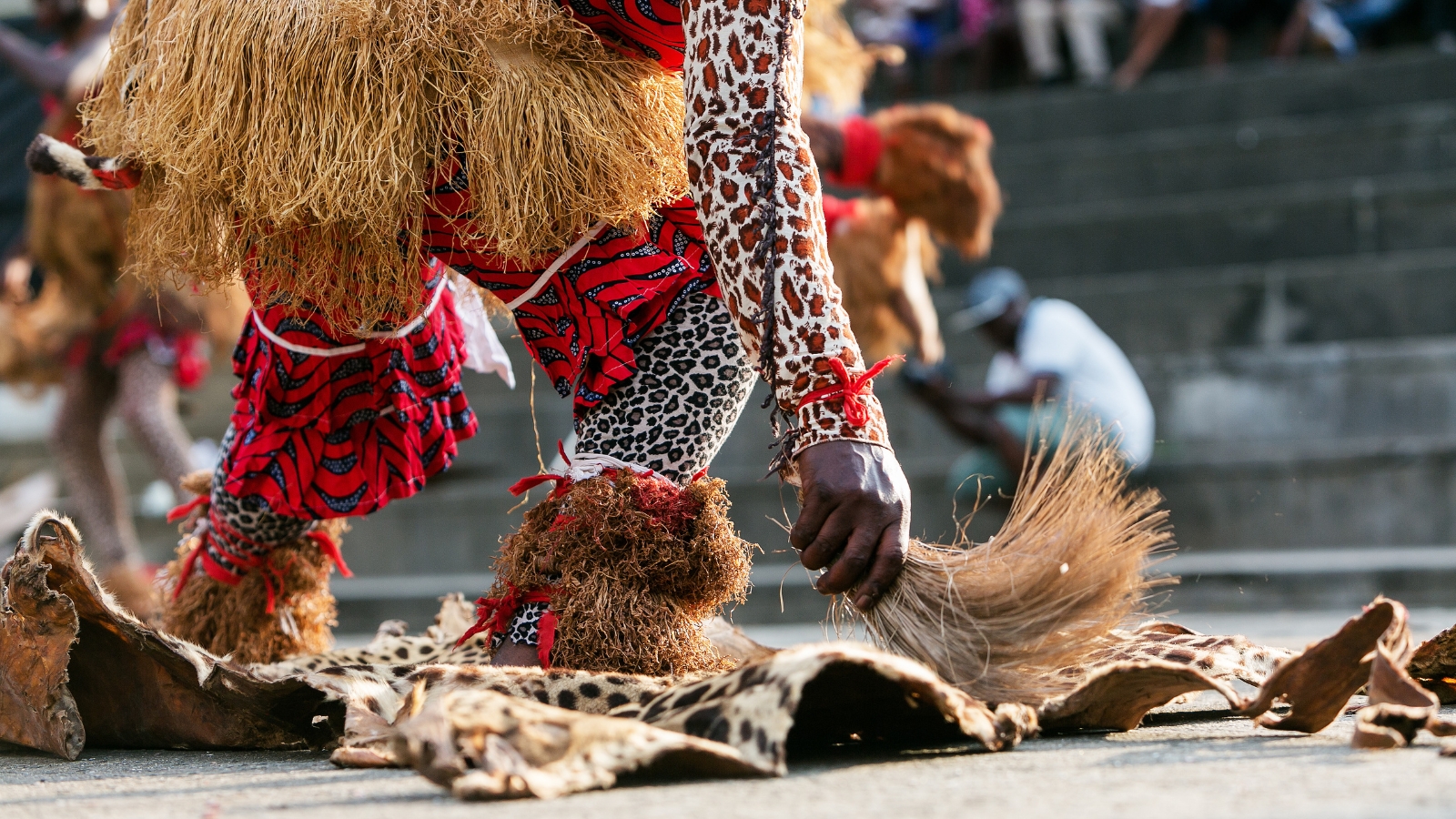
African Indigenous Groups
Amidst the lush rainforests of Gabon and Cameroon, the Bwiti tribe has a strong spiritual ritual around the revered iboga plant, a sacred ally that has guided their people through the realms of healing, initiation, and ancestral connection for generations.
Tribe: Bwiti
- Location: Gabon and Cameroon
- Plant Medicine: Iboga
- Ceremonies: Rite of passage, healing rituals
- Beliefs: Spiritual enlightenment, healing, and connection to ancestors
Bwiti is a long-standing cultural and spiritual tradition practiced by various tribes in equatorial Central West Africa, especially in Gabon. Central to Bwiti is the sacred plant Iboga, which is revered as a sacrament, medicinal aid, and teacher. The word Bwiti means “School of Life,” reflecting its followers’ commitment to lifelong learning.
The Dissumba Bwiti tradition, the foundation of all Bwiti practices, is deeply rooted among the indigenous tribes of Gabon.
A branch of Bwiti, known as Missoko Bwiti, is divided into five distinct segments: Ngonde (visions and diagnostics), Mioba (healing with trees, plants, and herbs), Missoula (knowledge and creation), M’boundi (women), and Senguedia (protection).
This rich tradition is preserved through language, dance, music, rituals, ceremonies, and storytelling, creating a robust oral heritage. The teachings of Iboga help Bwiti practitioners cultivate a profound respect for all aspects of nature—plants, animals, humans, and themselves.
Unlike religion, Bwiti is a monotheistic ancestral path that welcomes anyone who approaches it with respect and humility. The teachings, conveyed through captivating storytelling during traditional ceremonies, emphasize the belief that “life is a gift” and highlight the necessity of respecting nature to prevent misery.
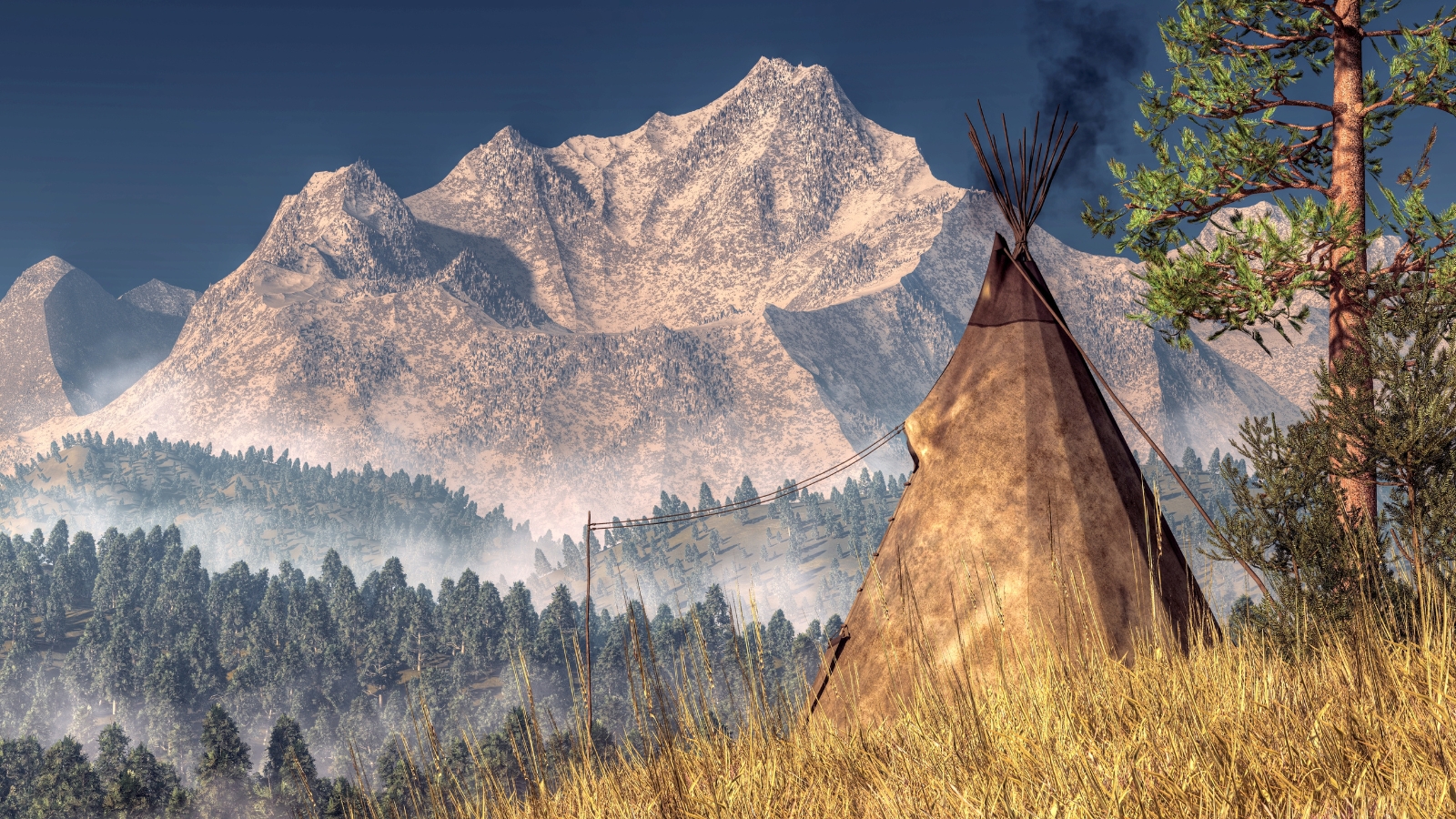
North American Indigenous Groups
Across the vast expanse of Turtle Island (North America), indigenous tribes have established deep-rooted relationships with the plant kingdom, embracing spiritual beliefs around sacred plant medicines.
Tribe: Navajo (Diné)
- Location: Southwestern United States
- Plant Medicine: Peyote
- Ceremonies: Peyote meetings, sweat lodges
- Beliefs: Spiritual cleansing, healing, and visions
The Navajo (Diné), similar to many Native American tribes, hold a profound connection to the spiritual realm and emphasize the necessity of living in harmony with the natural world. Central to many of their beliefs is the idea of achieving balance in mind, body, and spirit to attain optimal health.
In Navajo cosmology, there are two categories of beings: Earth People and Holy People. They believe their ancestors journeyed through three previous worlds before arriving in the current one, known as the Fourth World or the Glittering World.
As Earth People, the Navajo feel a deep responsibility to maintain harmony between humanity and Mother Earth.
In the arid landscapes of the southwestern United States, the Navajo (Diné) tribe has long embraced the peyote cactus as a sacred plant ally, utilizing it in powerful ceremonies known as peyote meetings and sweat lodges. For the Diné, peyote ushers in spiritual cleansing, healing, and the reception of visionary guidance, offering a gateway into realms of ancestral wisdom and transcendent experience.
Tribe: Lakota Sioux
- Location: Great Plains, United States
- Plant Medicine: Sage, sweetgrass, and tobacco
- Ceremonies: Sun Dance, vision quests, and sweat lodge ceremonies
- Beliefs: Connection to the Great Spirit, purification, and spiritual guidance
The Lakota Sioux, indigenous to the Great Plains, have a profound and enduring connection with plant medicine traditions, deeply rooted in their spirituality and reverence for nature. They honor sacred plants such as sage, sweetgrass, and tobacco, which are considered powerful allies in their spiritual practices. These plants play a crucial role in their ceremonies, symbolizing purity, healing, and the interconnection between the physical and spiritual realms.
Central to Lakota spirituality are ceremonies like the Sun Dance, vision quests, and sweat lodge rituals. The Sun Dance, one of the most significant ceremonies, is a time of renewal and sacrifice, where participants seek visions and blessings from Wakan Tanka, the Great Spirit.
Vision quests are solitary journeys undertaken to receive spiritual guidance and personal revelations, often involving fasting and the use of sacred plant medicines to enhance the experience. Sweat lodge rituals, on the other hand, are purification ceremonies that involve intense heat and the use of sage and sweetgrass to cleanse the mind, body, and spirit.
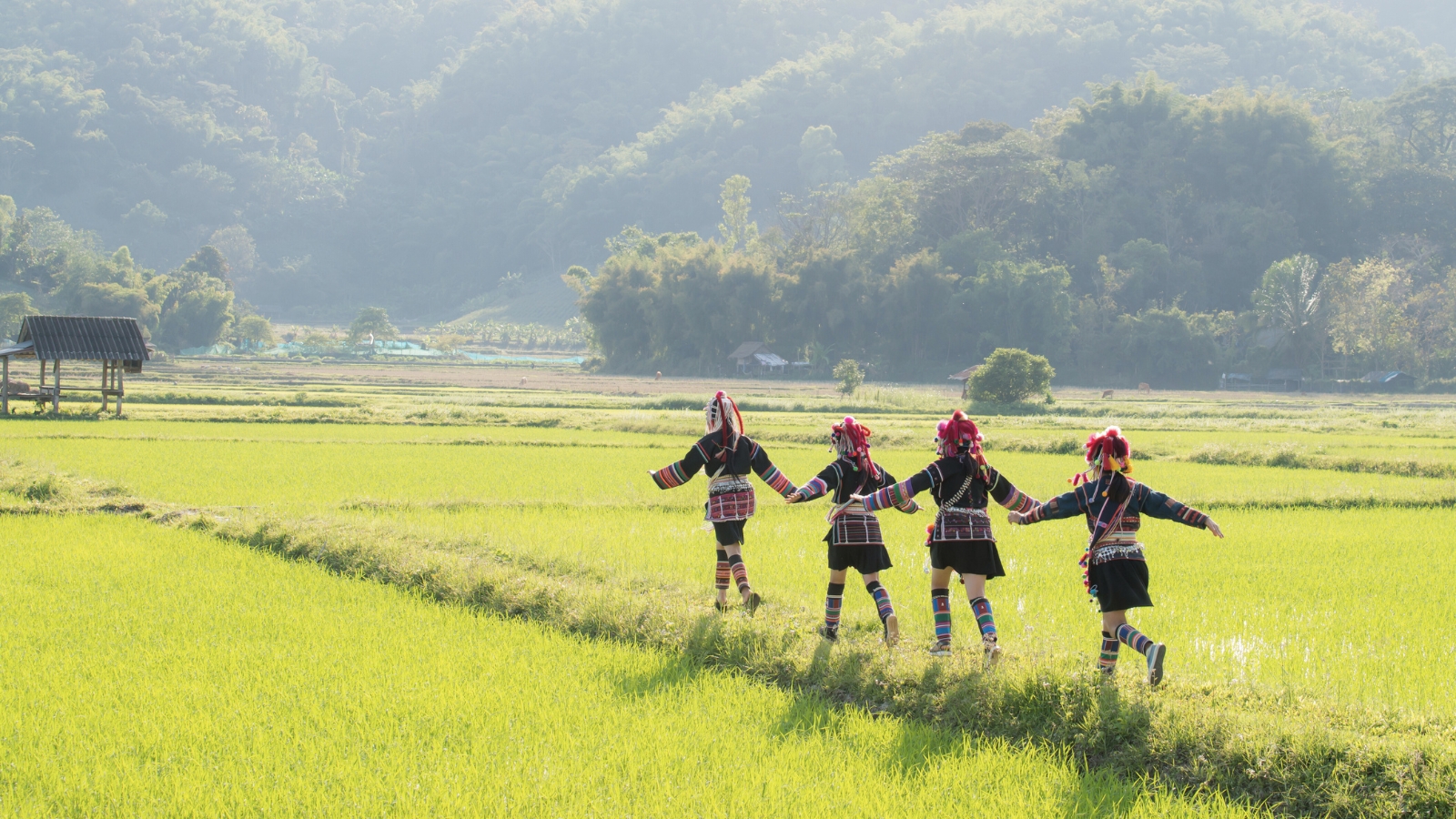
Indigenous Groups in Asia
Across the vast expanse of the Asian continent, indigenous cultures have nurtured meaningful relationships with the plant kingdom through many kinds of ceremonial rituals.
Group: Ainu
- Location: Japan
- Plant Medicine: Mugwort and other native herbs
- Ceremonies: Traditional healing rituals
- Beliefs: Animism, spiritual connection with nature
In the island nation of Japan, the Ainu people have long been the custodians of a rich tradition of herbal plant medicine, embracing sacred allies such as mugwort and other native herbs. For the Ainu, these plant medicines are not mere physical remedies but gateways into a deeper connection with the living forces that sustain all life.
The Ainu people of Japan practice a pantheistic animist religion. They believe all living beings, natural forces, and objects contain a sacred life force, or ramat, connected to greater spirits called kamuy. When a vessel dies or breaks, its ramat returns to the kamuy, leaving its form as a gift to humans.
To honor the kamuy and encourage their return, the Ainu show deep respect for nature, moderating their hunting, gathering, and harvesting practices, and offering sacred shaved sticks (inau) and wine.
The Ainu also perform rituals to ensure a good salmon catch, ward off illness, and honor their ancestors and the fire kamuy. These practices highlight their deep spiritual connection with nature and the kamuy.
Group: Hmong
- Location: China, Vietnam, Laos, Thailand
- Plant Medicine: Herbal remedies
- Ceremonies: Shamanic healing rituals, soul-calling ceremonies
- Beliefs: Ancestor worship, spiritual healing
The Hmong people, spread across China, Vietnam, Laos, and Thailand, deeply integrate plant medicine into their shamanic healing rituals and soul-calling ceremonies. Central to their spiritual practices is the belief in the interconnectedness of the physical and spiritual worlds. Shamans, known as txiv neeb, play a crucial role in these rituals, using herbs and spiritual tools to restore balance and health.
One significant practice is the Hu Plig, or soul-calling ceremony, which involves intricate rituals to retrieve lost souls and ensure spiritual harmony. During these ceremonies, shamans enter trances, often using divination tools like split horns (kuam) and performing specific chants to communicate with the spirit world. Offerings, including animal sacrifices and spirit money, are made to appease spirits and secure the return of the lost soul.
This deep spiritual connection is evident in their meticulous use of plant medicines and rituals to maintain harmony and health within the community. Additionally, the Hmong practice various rituals for different aspects of life, such as welcoming and thanking the salmon, and using strong-smelling herbs to ward off illness. These practices highlight their profound respect for nature and their ancestors, with offerings and prayers made to ensure balance and wellbeing.
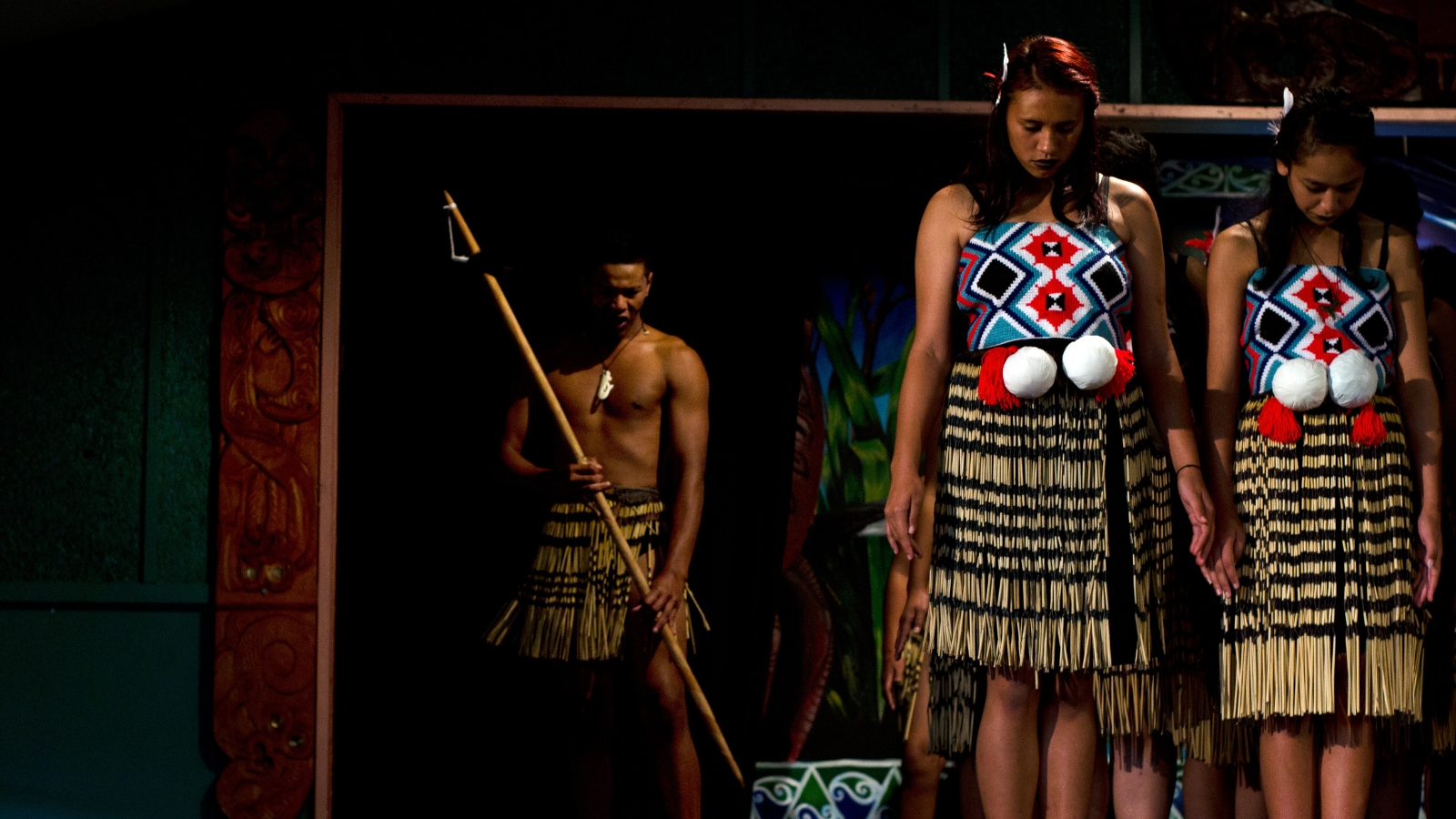
Indigenous Groups in Oceania
Across the Pacific Ocean, indigenous cultures have fostered profound relationships with the natural world and the transformative power of plant medicines.
Tribe: Māori
- Location: New Zealand
- Plant Medicine: Rongoā (traditional Māori medicine using native plants)
- Ceremonies: Healing rituals, spiritual cleansing
- Beliefs: Holistic well-being, connection with ancestors and nature
In the lands of Aotearoa (New Zealand), the Māori people have long been the custodians of a tradition known as rongoā, a holistic system of healing that embraces the power of native plants. Their ceremonies and rituals are steeped in the belief that true well-being is achieved through a harmonious balance between the physical, spiritual, and emotional realms, with plant medicines serving as conduits for spiritual cleansing, healing, and a deep connection with the ancestors and the natural world.
One significant ritual in rongoā involves the use of karakia (incantations) performed by tohunga (healers) to invoke spiritual support and enhance the healing properties of plants like kawakawa and mānuka. These rituals often include offerings and chants to honor the spiritual essence of the plants and seek guidance from ancestors. For instance, kawakawa leaves are used in steam baths for their purifying effects, while mānuka is employed for its antiseptic properties in treating wounds and fevers.
Group: Aboriginal Australians
- Location: Australia
- Plant Medicine: Bush medicine
- Ceremonies: Smoking ceremonies, healing rituals
- Beliefs: Dreamtime stories, spiritual connection to the land
Aboriginal Australians employ a variety of plant-based healing practices known as bush medicine, deeply rooted in their cultural and spiritual traditions. One notable example is the smoking ceremony, a cleansing ritual that involves burning native plants like eucalyptus leaves to produce smoke.
This smoke is believed to have purifying properties that cleanse the area, people, and objects, driving away negative spirits and bringing balance and healing. The ritual is often performed at significant events such as births, deaths, and initiations, aligning with the Dreamtime stories that form the foundation of Aboriginal spirituality.
In addition to the smoking ceremonies, other healing practices include the use of specific plants for their medicinal properties. For example, the leaves of the tea tree (Melaleuca alternifolia) are crushed to extract oils used to treat cuts, burns, and infections. These practices are not only seen as physical remedies but also as means to maintain a deep spiritual connection to the land, embodying the Aboriginal belief that the land and its plants are sacred and integral to their health and well-being.
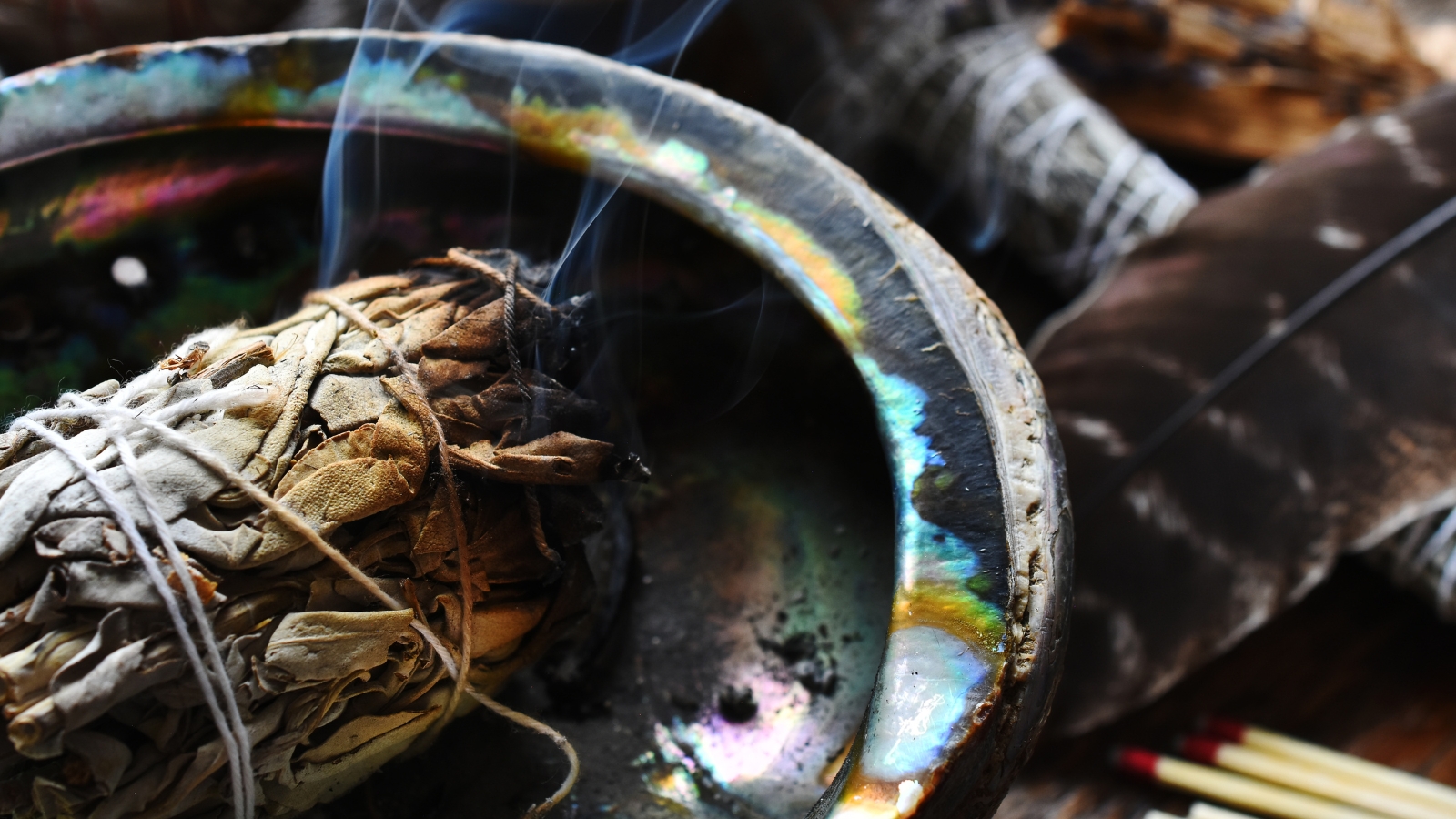
Protecting the Sacred
The rituals and spiritual beliefs of these tribes are not just historical artifacts but living traditions that offer invaluable insights into holistic healing, environmental stewardship, and the interconnectedness of all life. At a time when the Amazon rainforest and other natural habitats are under threat and as Western culture increasingly encroaches on indigenous lands, the preservation of these traditions is more important than ever.
By bringing awareness to these ancient practices and supporting efforts to protect indigenous communities, we help ensure that their knowledge and cultural heritage endure for future generations. This involves more than mere acknowledgment; it requires active preservation and support.
The risk of losing these belief systems and medicinal practices is real and imminent, as modern society continues to encroach upon the territories of these tribes. Therefore, it is our collective responsibility to honor, preserve, and integrate these profound traditions into our global understanding of health and well-being, safeguarding them from extinction and ensuring their wisdom continues to enlighten and heal the world.
